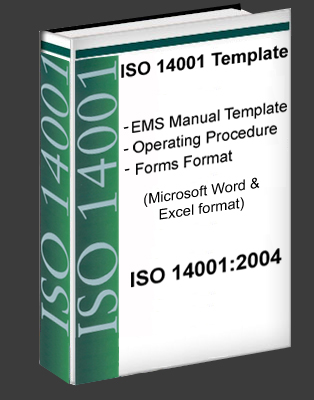Develop Quality Management System Documentation In ISO 9000 Standards
Documentation is the most common area of non-conformance among organizations wishing to implement ISO 9000 quality management systems. As one company pointed out: “When we started our implementation, we found that documentation was inadequate. Even absent, in some areas. Take calibration. Obviously it’s necessary, and obviously we do it, but it wasn’t being documented. Another area was inspection and testing. We inspect and test practically every item that leaves here, but our documentation was inadequate”.
Documentation of the quality management system should include:
1. Documented statements of a quality policy and quality objectives,
2. A quality manual,
3. Documented procedures and records required by the standard ISO 9001:2008, and
4. Documents needed by the organization to ensure the effective planning, operation and control of its processes.
Quality documentation is generally prepared in the three levels indicated below that follows. Use ISO 10013:1995 for guidance in quality documentation.
Level A: Quality manual
States the scope of the quality management system, including exclusions and details of their justification; and describes the processes of the quality management system and their interaction. Generally gives an organization profile; presents the organizational relationships and responsibilities of persons whose work affects quality and outlines the main procedures. It may also describe organization’s quality policy and quality objectives.
Level B: Quality management system procedures
Describes the activities of individual departments, how quality is controlled in each department and the checks that are carried out.
Level C: Quality documents (forms, reports, work instructions, etc.)
1. Work instructions describe in detail how specific tasks are performed; include drawing standards, methods of tests, customer’s specifications, etc.
2. Presents forms to be used for recording observations, etc.
